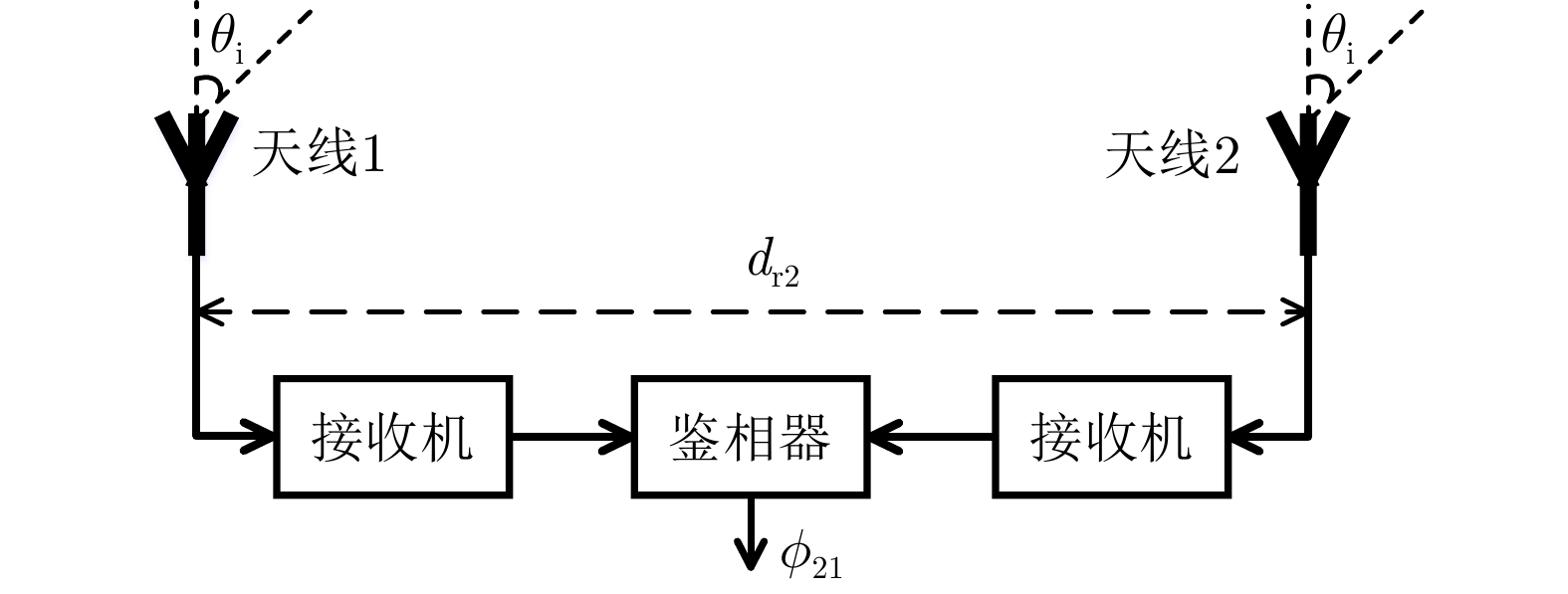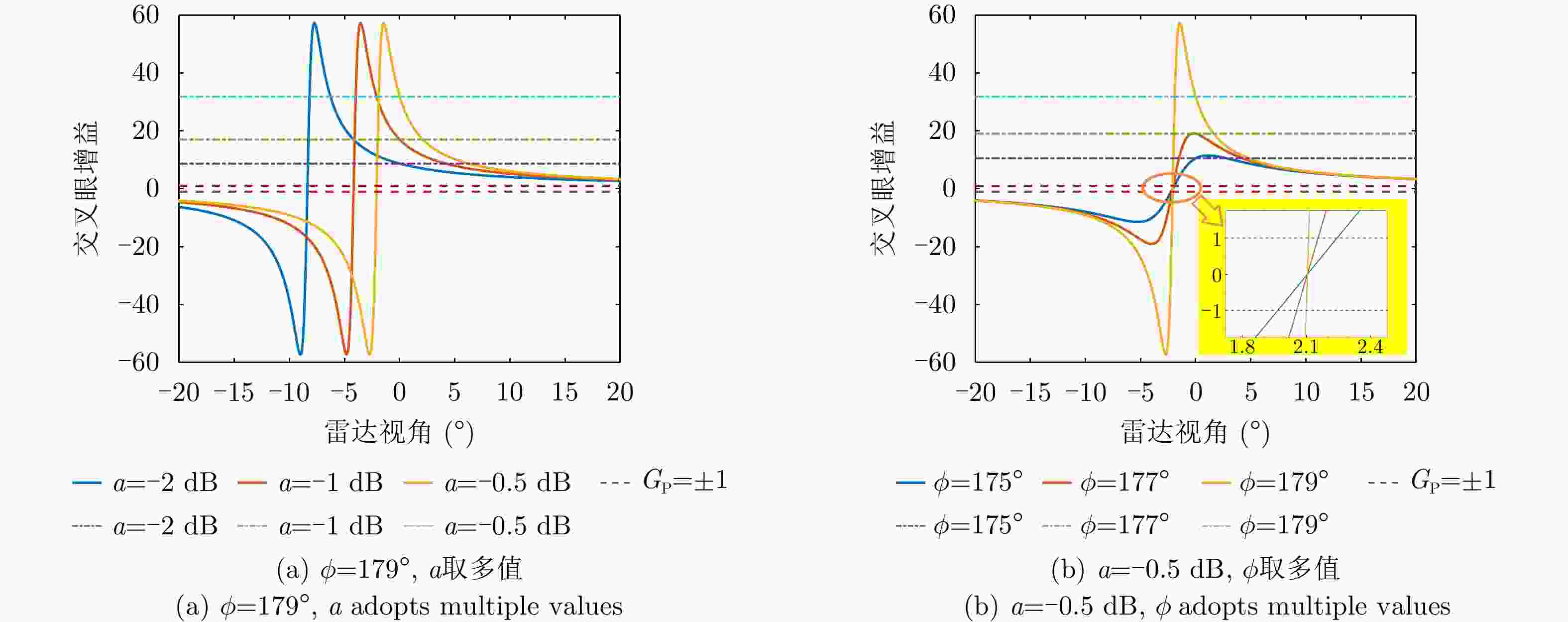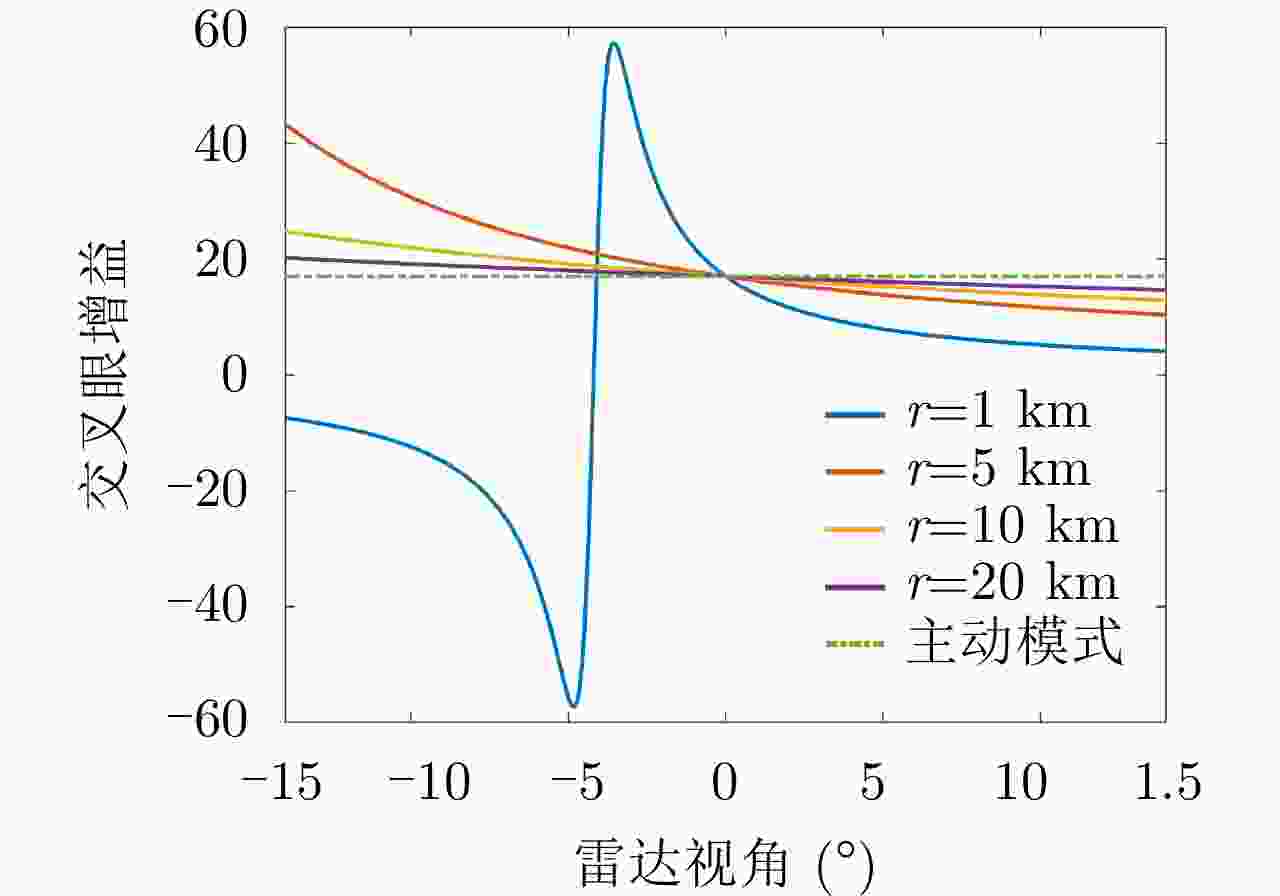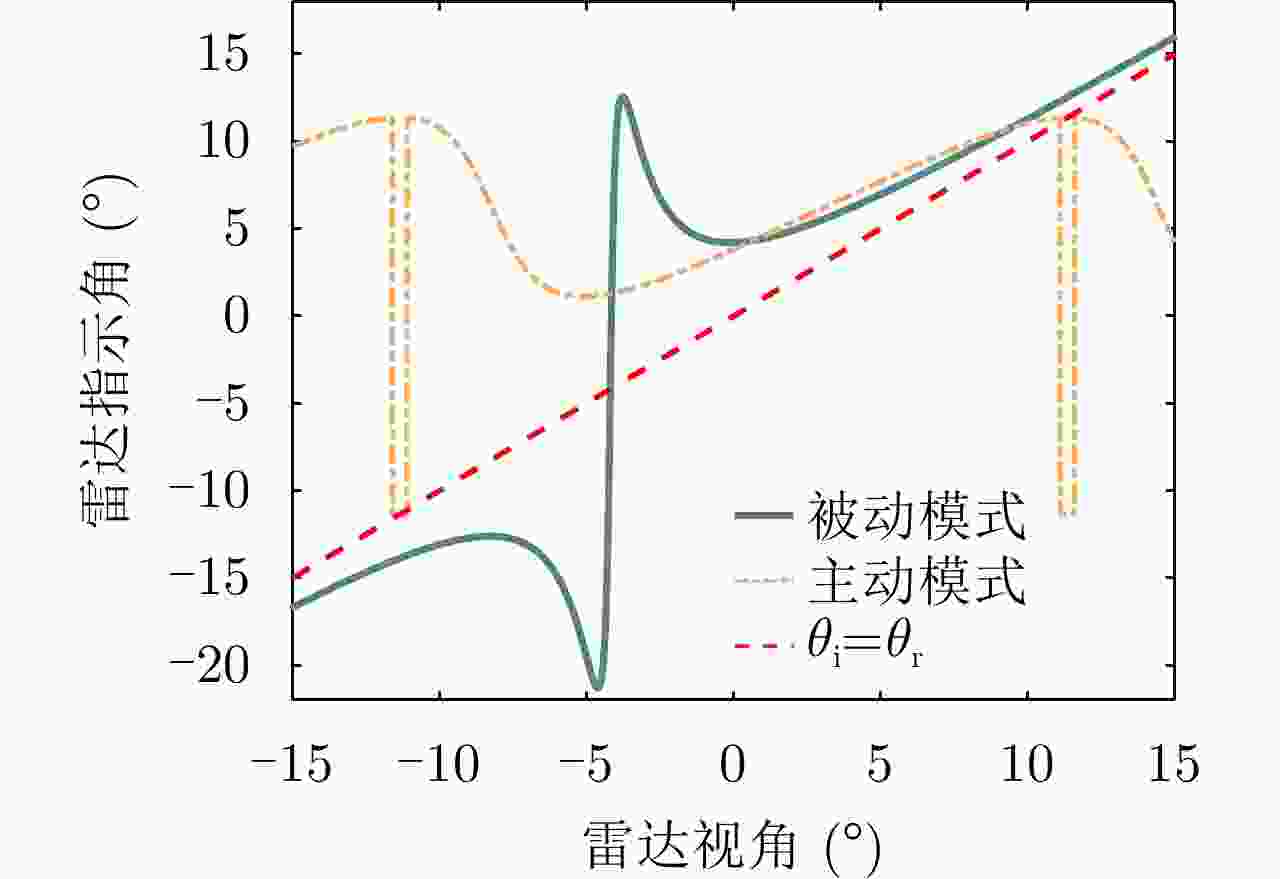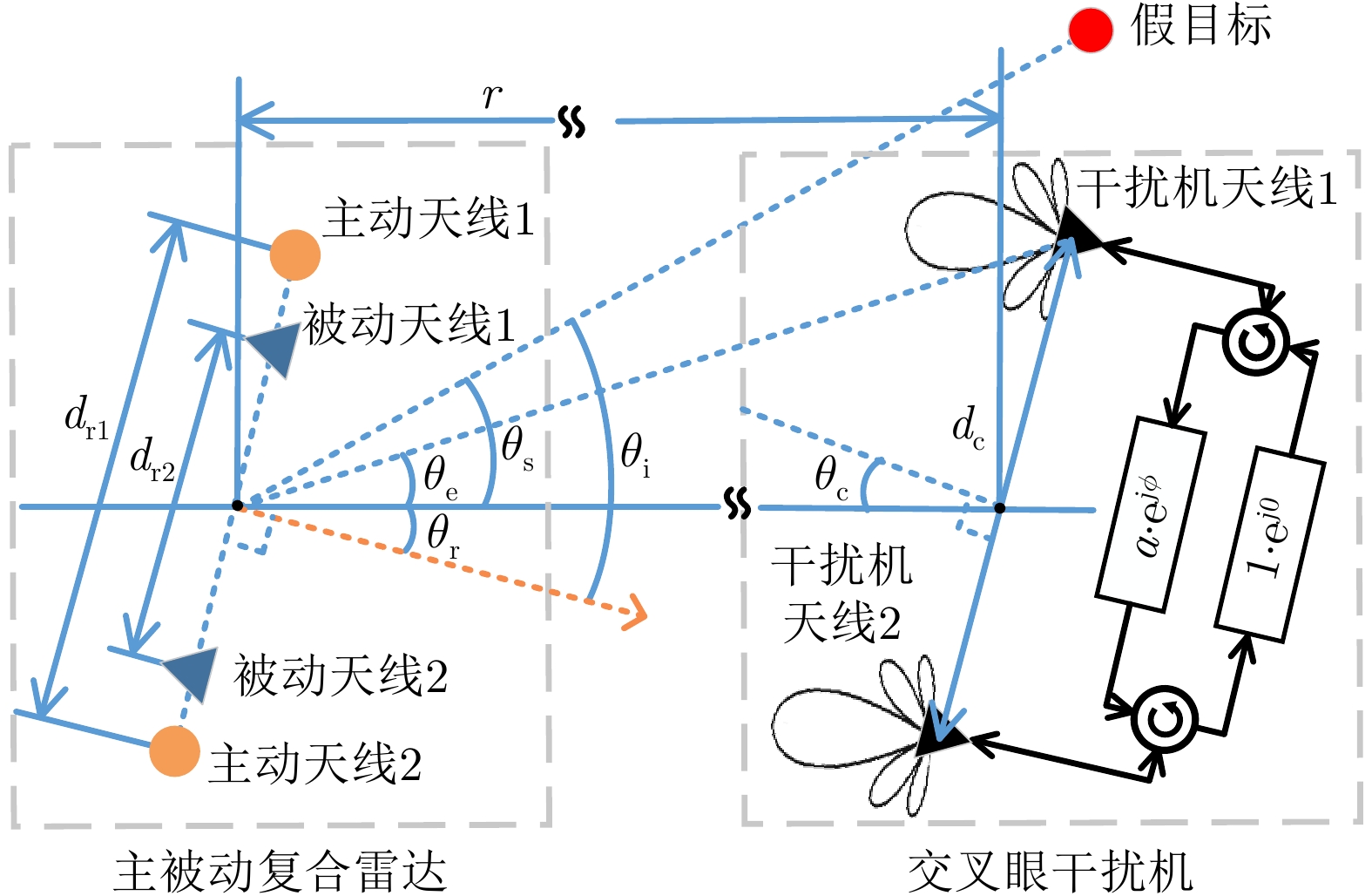| [1] |
LEE S H, LEE S J, CHOI I O, et al. ICA-based phase-comparison monopulse technique for accurate Angle estimation of multiple targets[J]. IET Radar, Sonar & Navigation, 2018, 12(3): 323–331. doi: 10.1049/iet-rsn.2017.0156
|
| [2] |
SHERMAN S M and BARTON D K. Monopulse Principles and Techniques[M]. Boston, London: Artech House Publishers, 2011: 1–13.
|
| [3] |
刘天鹏, 魏玺章, 刘振, 等. 交叉眼干扰研究综述[J]. 雷达学报, 2019, 8(1): 140–153. doi: 10.12000/JR19013LIU Tianpeng, WEI Xizhang, LIU Zhen, et al. Overview of cross-eye jamming research[J]. Journal of Radars, 2019, 8(1): 140–153. doi: 10.12000/JR19013
|
| [4] |
FALK L. Cross-eye jamming of monopulse radar[C]. International Waveform Diversity and Design Conference, Pisa, Italy, 2007: 209–213.
|
| [5] |
NERI F. Anti-monopulse jamming techniques[C]. 2001 SBMO/IEEE MTT-S International Microwave and Optoelectronics Conference, Belem, Brazil, 2001: 45–50.
|
| [6] |
NERI F. Introduction to Electronic Defense Systems[M]. Boston, London: Artech House, 2006: 373–487.
|
| [7] |
刘天鹏. 多源反向交叉眼干扰技术研究[D]. [博士论文], 国防科技大学, 2016: 34–38.LIU Tianpeng. Research on multiple-element retrodirective cross-eye jamming[D]. [Ph. D. dissertation], National University of Defense Technology, 2016: 34–38.
|
| [8] |
LIU Tianpeng, LIAO Dongping, WEI Xizhang, et al. Performance analysis of multiple-element retrodirective cross-eye jamming based on linear array[J]. IEEE Transactions on Aerospace and Electronic Systems, 2015, 51(3): 1867–1876. doi: 10.1109/TAES.2015.140035
|
| [9] |
LIU Songyang, DONG Chunxi, XU Jin, et al. Analysis of rotating cross-eye jamming[J]. IEEE Antennas and Wireless Propagation Letters, 2015, 14: 939–942. doi: 10.1109/LAWP.2014.2387423
|
| [10] |
STRATAKOS Y, GEROULIS G, and UZUNOGLU N. Analysis of glint phenomenon in a monopulse radar in the presence of skin echo and non-ideal interferometer echo signals[J]. Journal of Electromagnetic Waves and Applications, 2005, 19(5): 697–711. doi: 10.1163/1569393053305008
|
| [11] |
DUNN J H, HOWARD D D, and KING A M. Phenomena of scintillation noise in radar-tracking systems[J]. Proceedings of the IRE, 1959, 47(5): 855–863. doi: 10.1109/JRPROC.1959.287280
|
| [12] |
SHERMAN S M. Complex indicated angles applied to unresolved radar targets and multipath[J]. IEEE Transactions on Aerospace and Electronic Systems, 1971, AES-7(1): 160–170. doi: 10.1109/TAES.1971.310264
|
| [13] |
DU PLESSIS W P. A comprehensive investigation of retrodirective cross-eye jamming[D]. [Ph. D. dissertation], University of Pretoria, 2010: 20–95.
|
| [14] |
DU PLESSIS W P, ODENDAAL J W, and JOUBERT J. Experimental simulation of retrodirective cross-eye jamming[J]. IEEE Transactions on Aerospace and Electronic Systems, 2011, 47(1): 734–740. doi: 10.1109/TAES.2011.5705704
|
| [15] |
DU PLESSIS W P, ODENDAAL J W, and JOUBERT J. Tolerance analysis of cross-eye jamming systems[J]. IEEE Transactions on Aerospace and Electronic Systems, 2011, 47(1): 740–745. doi: 10.1109/TAES.2011.5705705
|
| [16] |
刘松杨, 董春曦, 董阳阳, 等. 旋转的正交多点源反向交叉眼干扰分析[J]. 电子与信息学报, 2016, 38(6): 1424–1430. doi: 10.11999/JEIT150919LIU Songyang, DONG Chunxi, DONG Yangyang, et al. Analysis of rotating orthogonal multiple elements retrodirective cross-eye jamming[J]. Journal of Electronics & Information Technology, 2016, 38(6): 1424–1430. doi: 10.11999/JEIT150919
|
| [17] |
PLESSIS W P D, ODENDAAL J W, and JOUBERT J. Extended analysis of retrodirective cross-eye jamming[J]. IEEE Transactions on Antennas and Propagation, 2009, 57(9): 2803–2806. doi: 10.1109/TAP.2009.2027353
|
| [18] |
DU PLESSIS W P. Platform skin return and retrodirective cross-eye jamming[J]. IEEE Transactions on Aerospace and Electronic Systems, 2012, 48(1): 490–501. doi: 10.1109/TAES.2012.6129650
|
| [19] |
曲志昱, 司锡才, 谢纪岭. 相干源诱偏下比相被动雷达导引头测角性能分析[J]. 系统工程与电子技术, 2008, 30(5): 824–827. doi: 10.3321/j.issn:1001-506X.2008.05.012QU Zhiyu, SI Xicai, and XIE Jiling. Analysis of phase-comparison passive-radar-seeker angle measurement with decoy of coherent source[J]. Systems Engineering and Electronics, 2008, 30(5): 824–827. doi: 10.3321/j.issn:1001-506X.2008.05.012
|
| [20] |
高烽. 雷达导引头概论[M]. 北京: 电子工业出版社, 2010: 303–323.GAO Feng. Introduction to Radar Seeker[M]. Beijing: Publishing House of Electronics Industry, 2010: 303–323.
|
| [21] |
王卫, 陆伟宁, 唐莽, 等. 主被动复合体制反舰导弹导引头干扰技术研究[J]. 航天电子对抗, 2020, 36(6): 18–22. doi: 10.16328/j.htdz8511.2020.06.004WANG Wei, LU Weining, TANG Mang, et al. Jamming technology for the active-passive anti-ship missile seeker[J]. Aerospace Electronic Warfare, 2020, 36(6): 18–22. doi: 10.16328/j.htdz8511.2020.06.004
|
| [22] |
李相平, 李世忠, 张刚, 等. 反舰导弹毫米波主被动复合制导导引头设计探讨[J]. 现代电子技术, 2008, 31(3): 43–45. doi: 10.3969/j.issn.1004-373X.2008.03.014LI Xiangping, LI Shizhong, ZHANG Gang, et al. Passive compound guidance detection unit design study of certain mould air to ship missile seeker[J]. Modern Electronics Technique, 2008, 31(3): 43–45. doi: 10.3969/j.issn.1004-373X.2008.03.014
|
| [23] |
陈涛, 郭立民, 潘大鹏, 等. 被动雷达宽带数字接收机技术[M]. 北京: 电子工业出版社, 2021: 117–128.CHEN Tao, GUO Limin, PAN Dapeng, et al. Passive Radar Broadband Digital Receiver Technology[M]. Beijing: Publishing House of Electronics Industry, 2021: 117–128.
|



 作者中心
作者中心 专家审稿
专家审稿 责编办公
责编办公 编辑办公
编辑办公
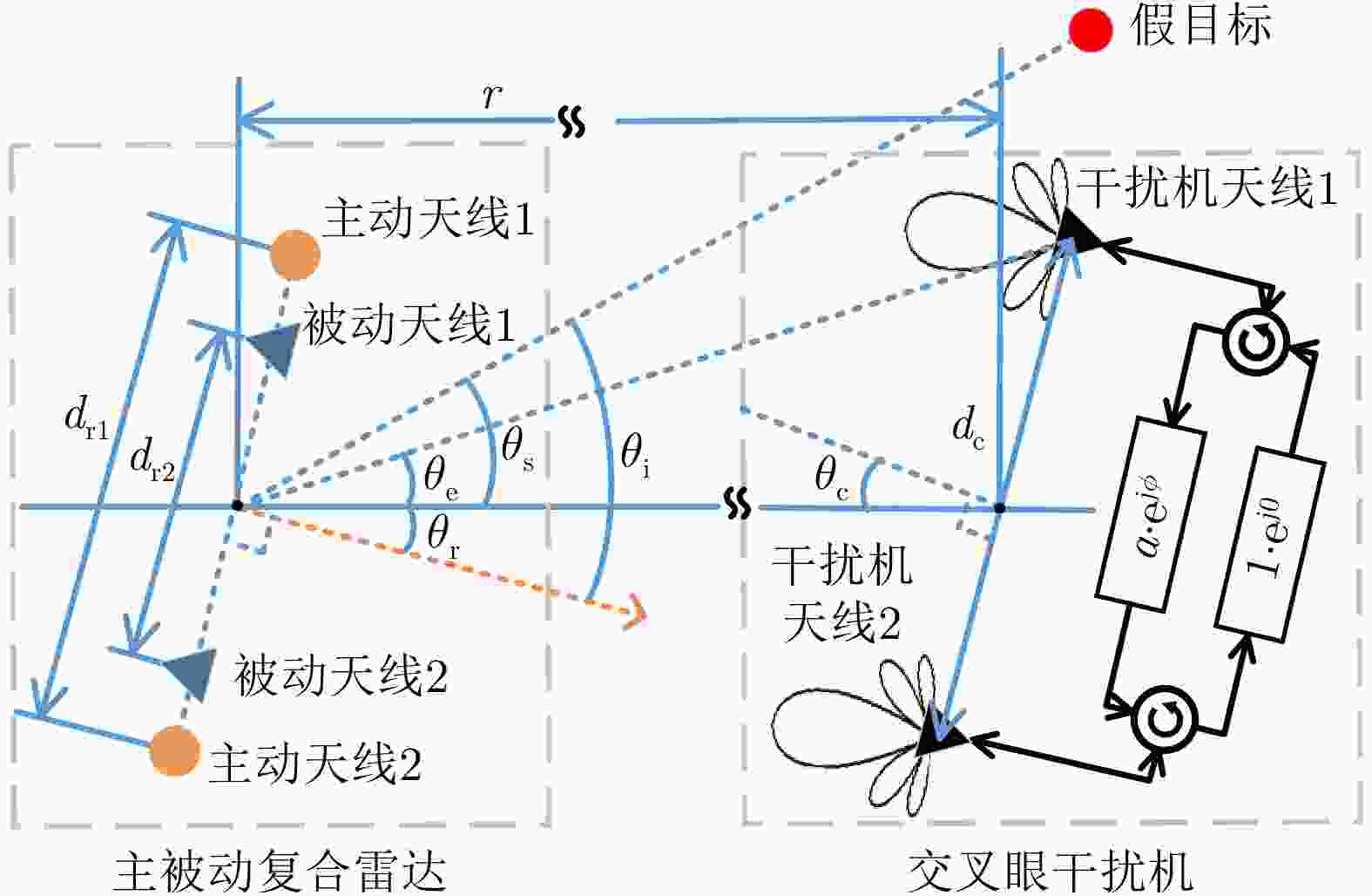
 下载:
下载:
